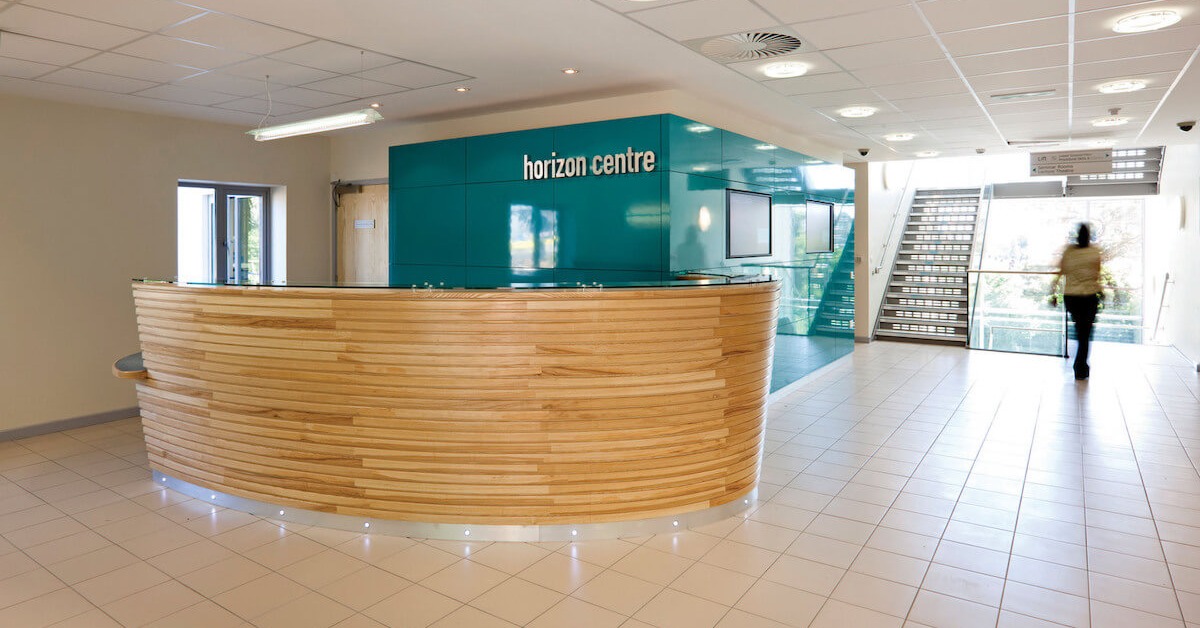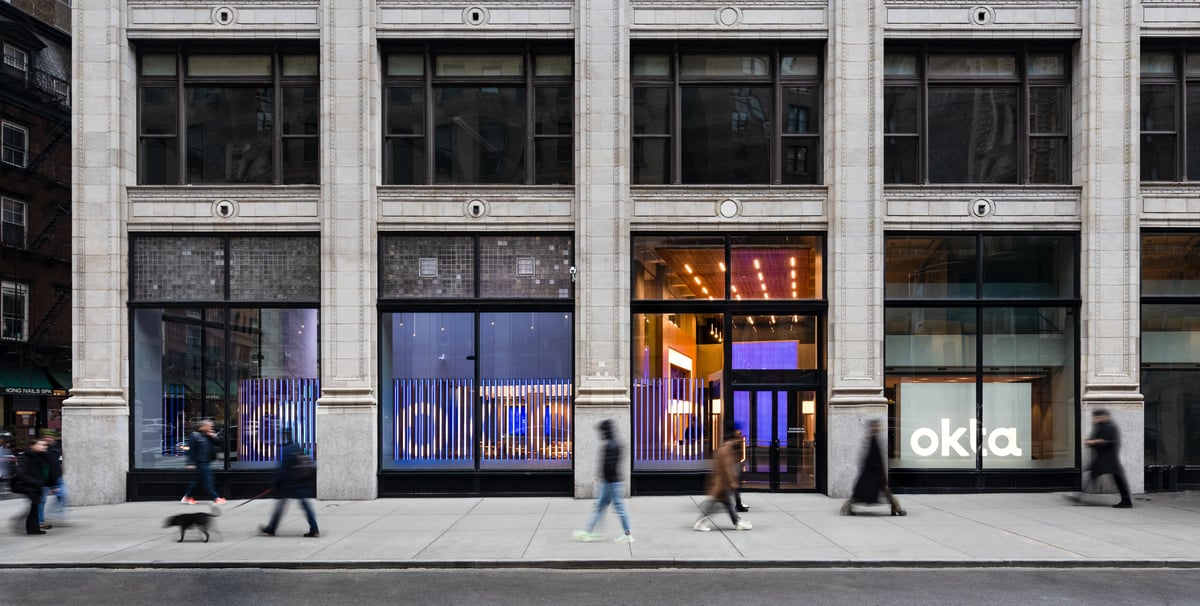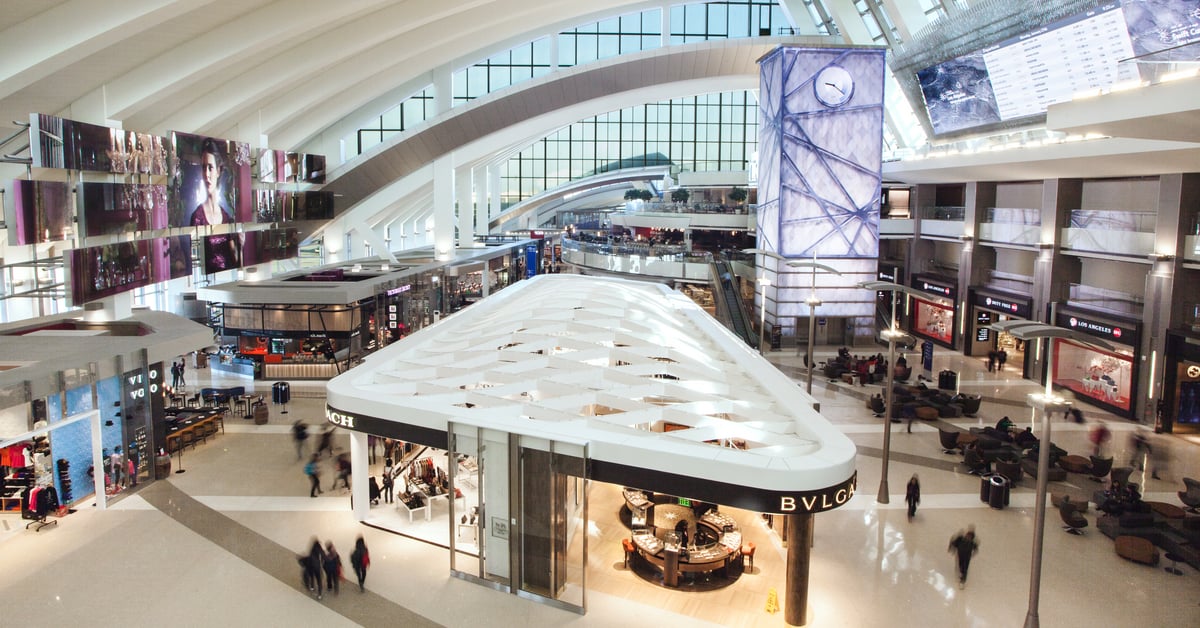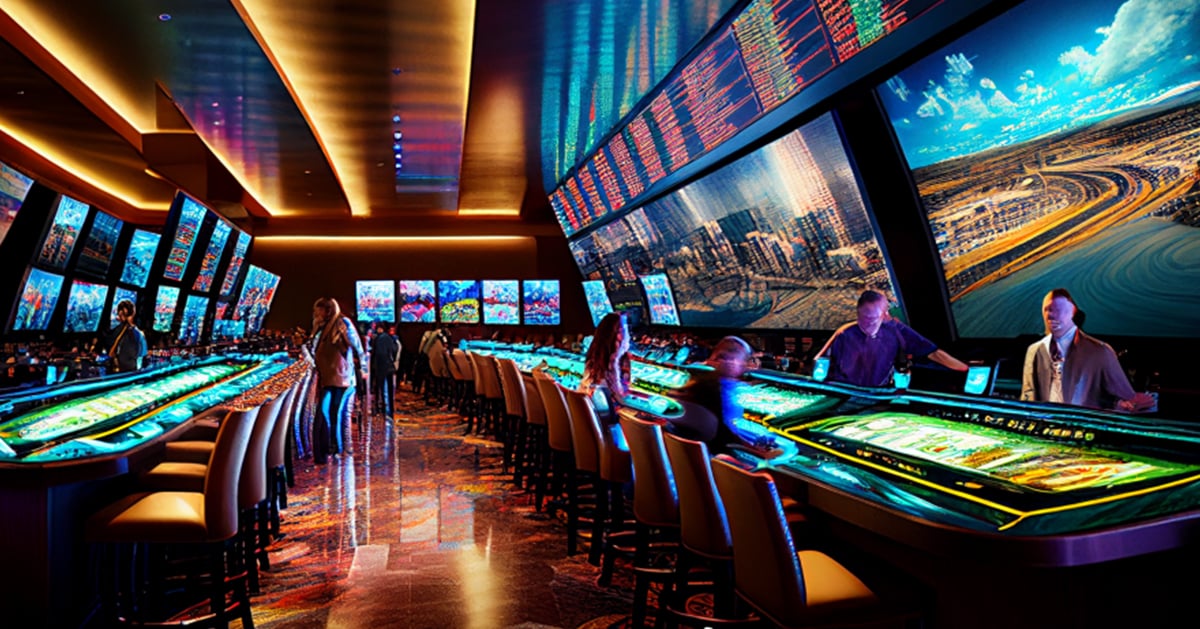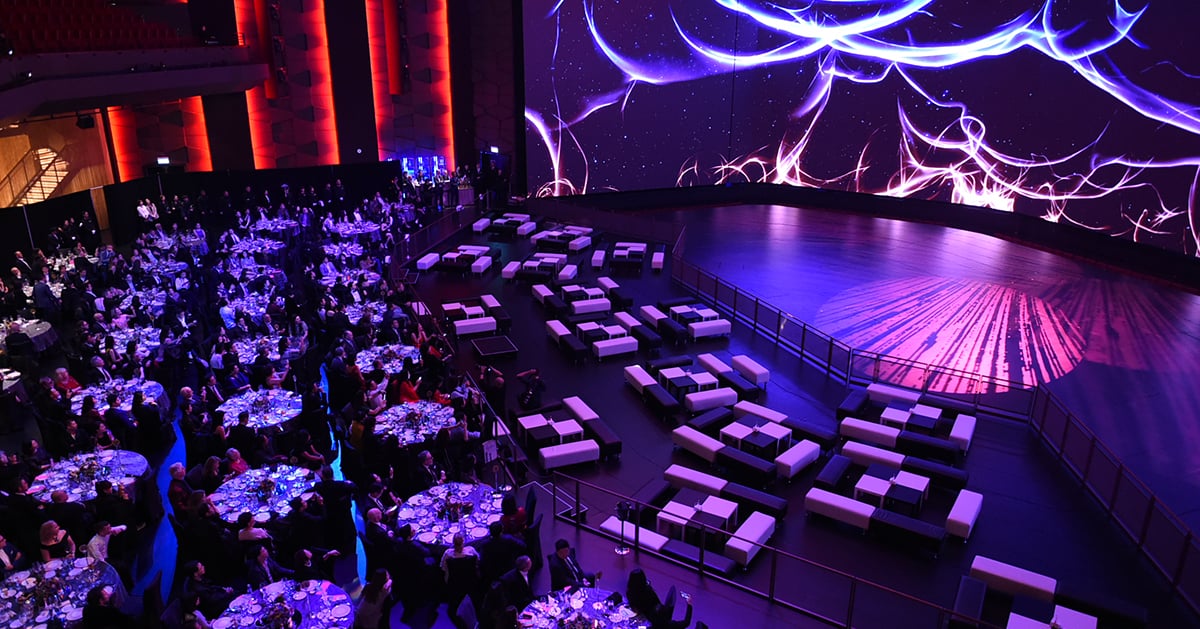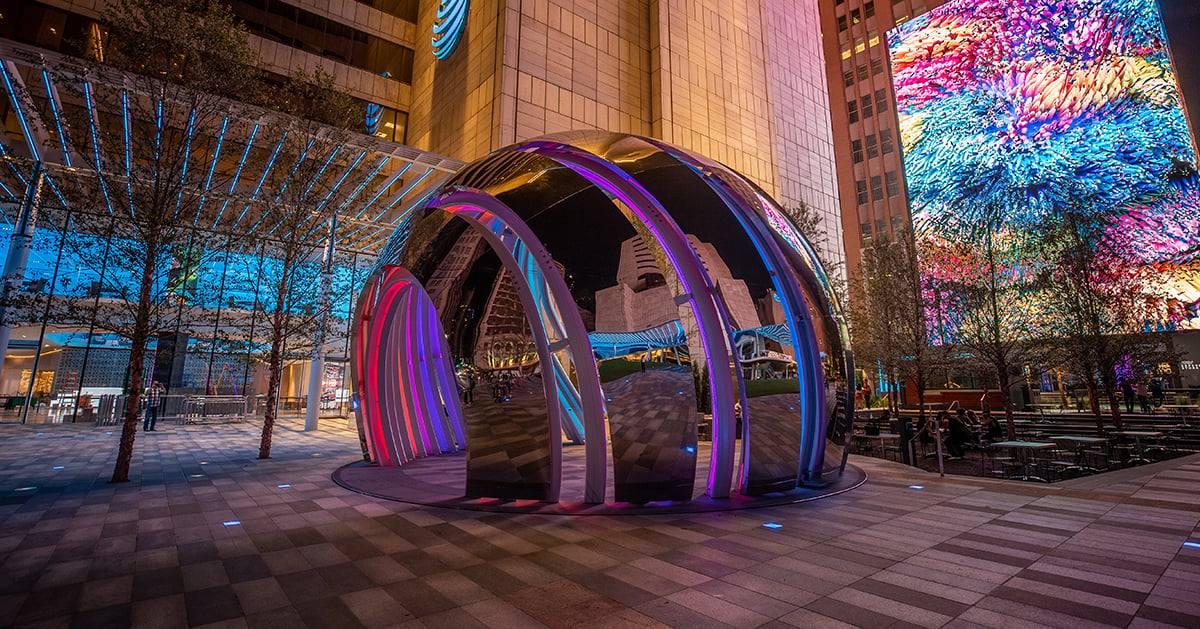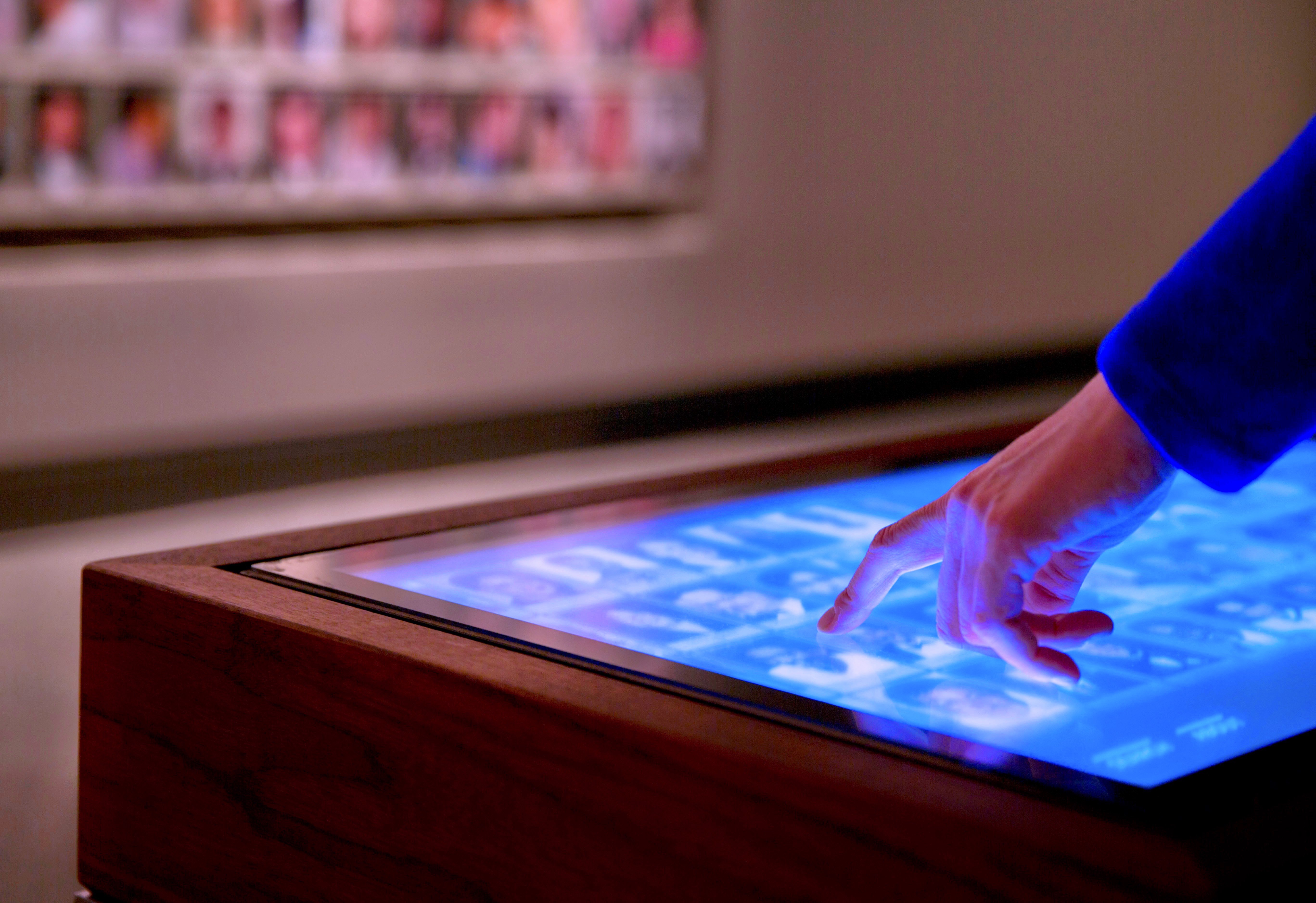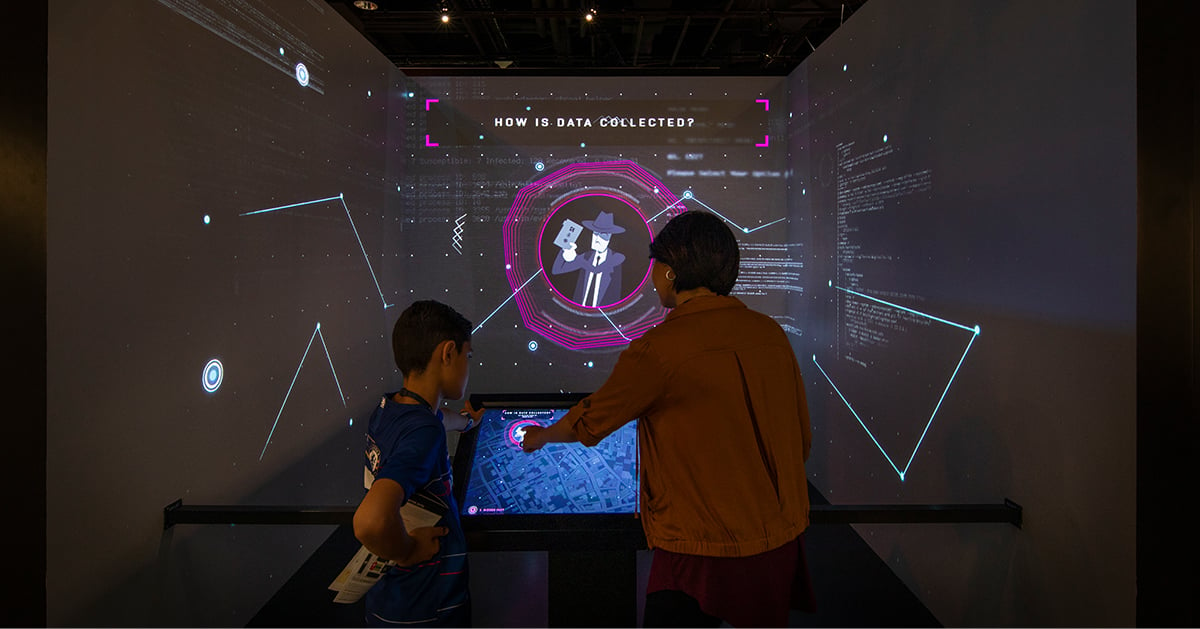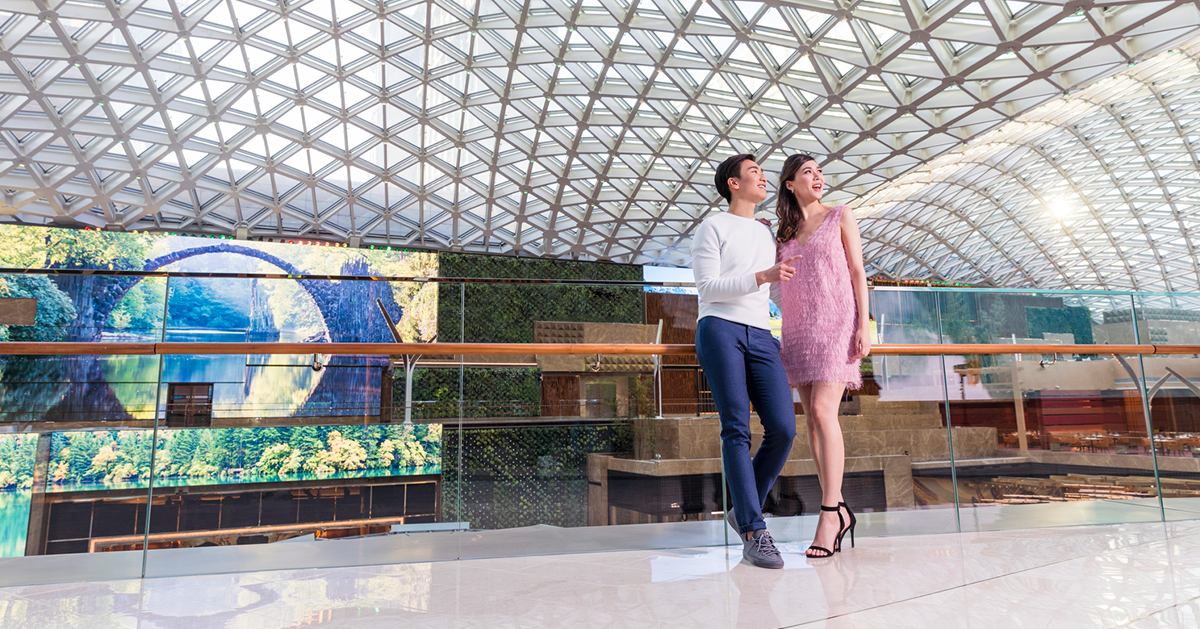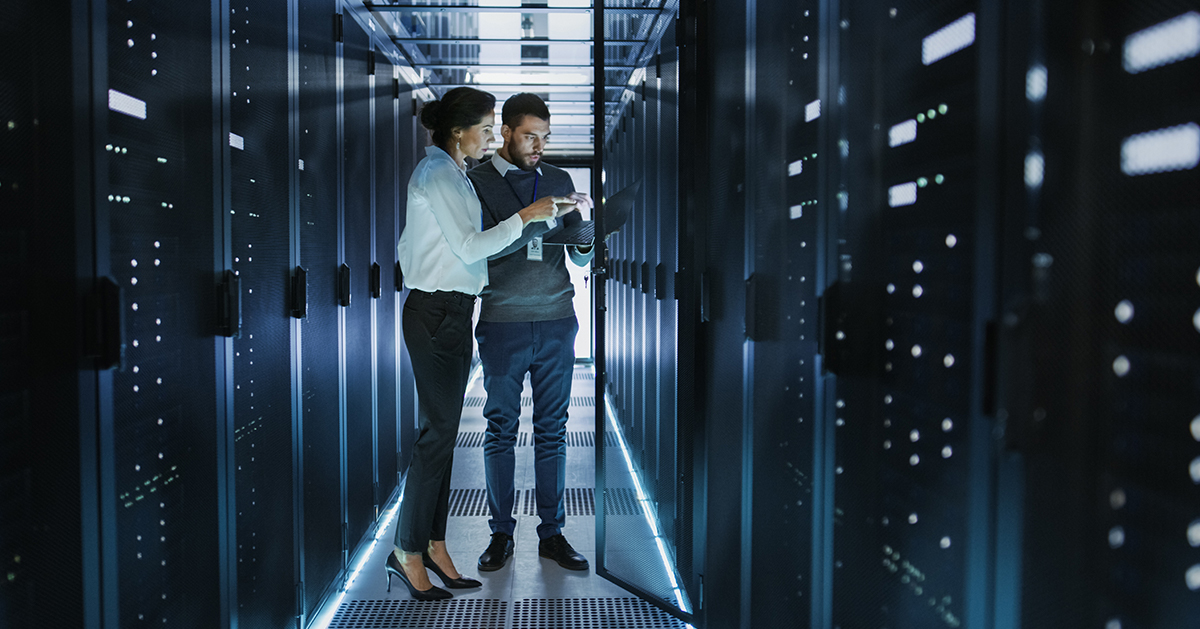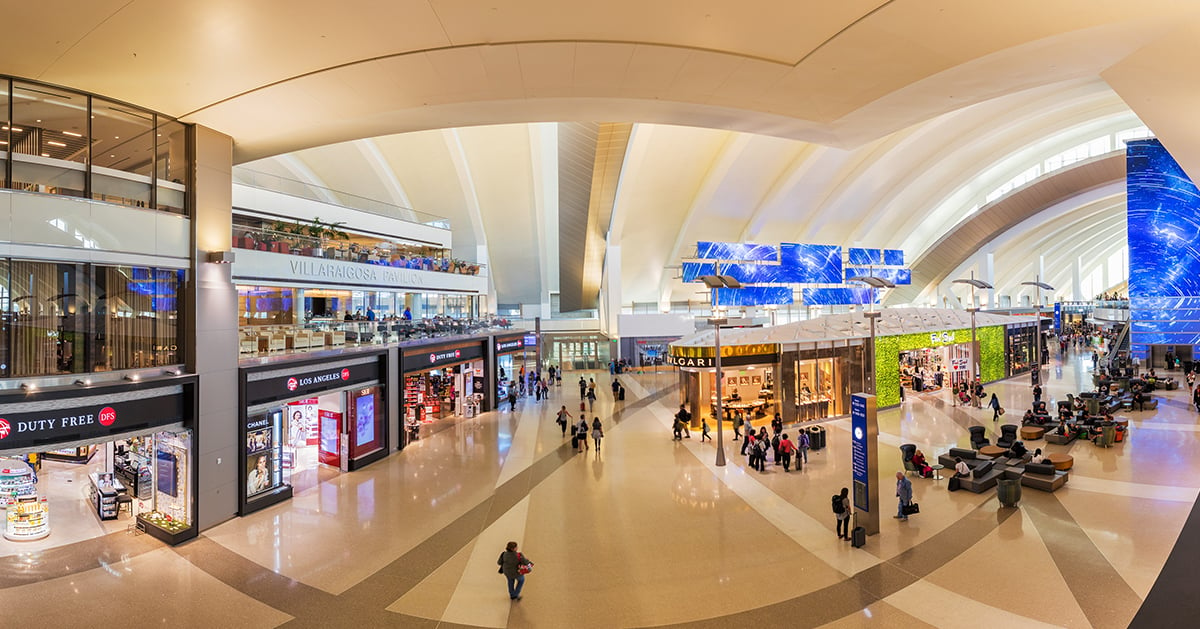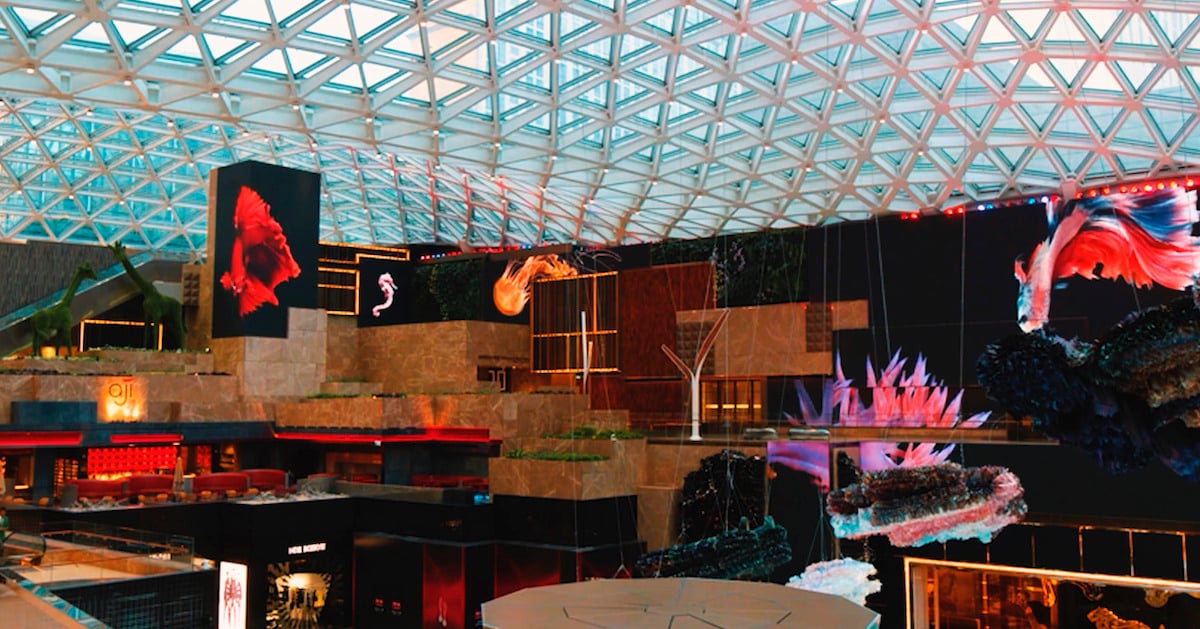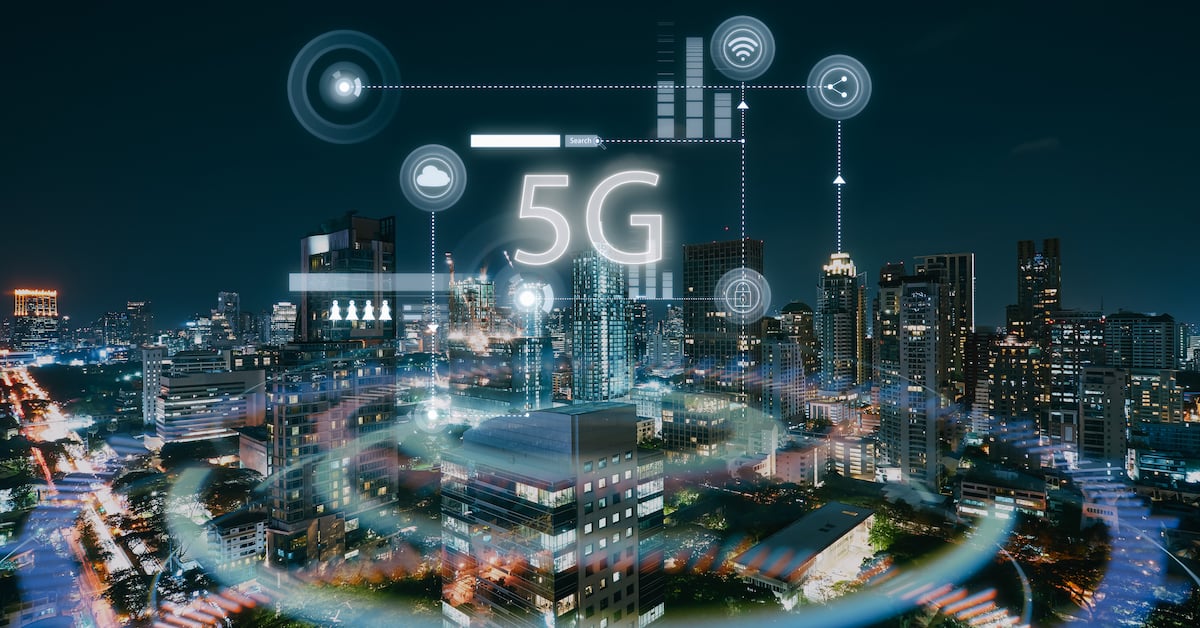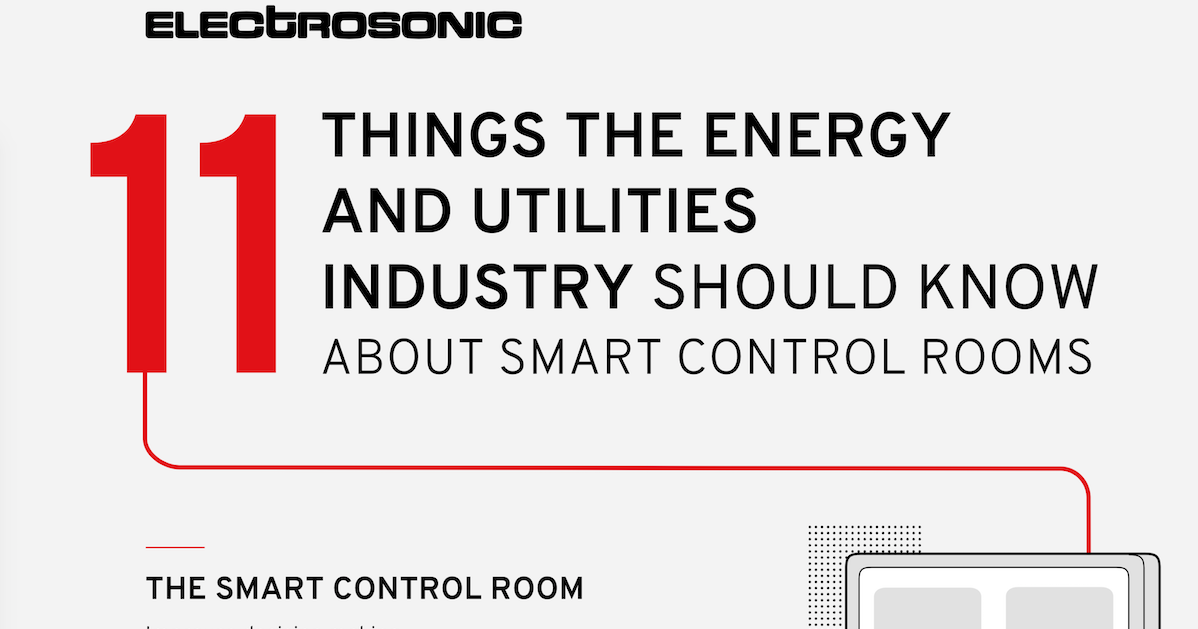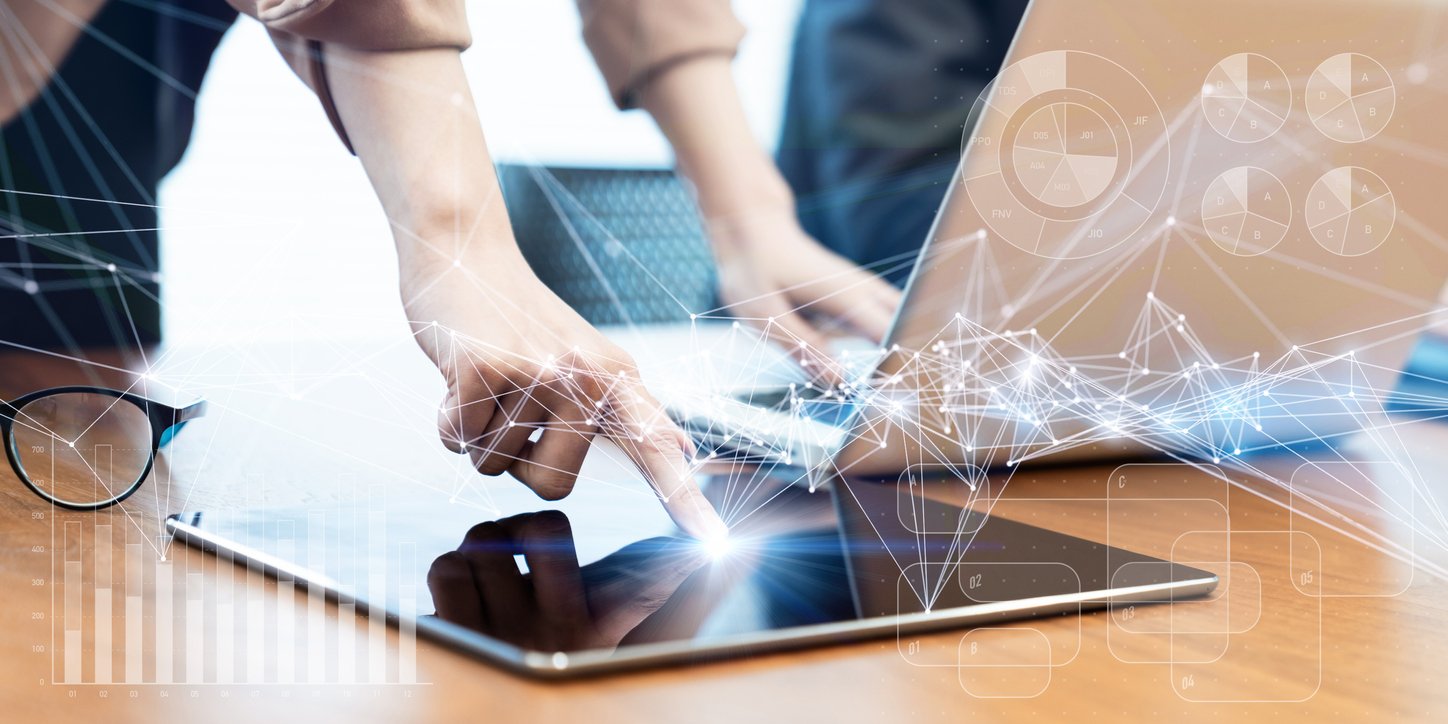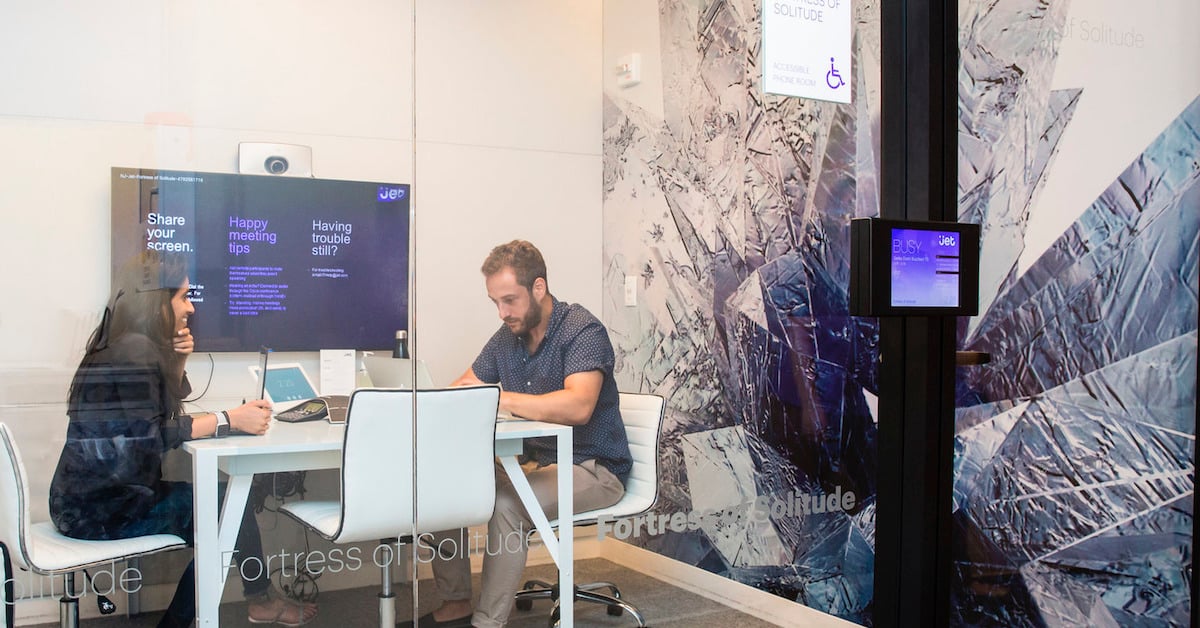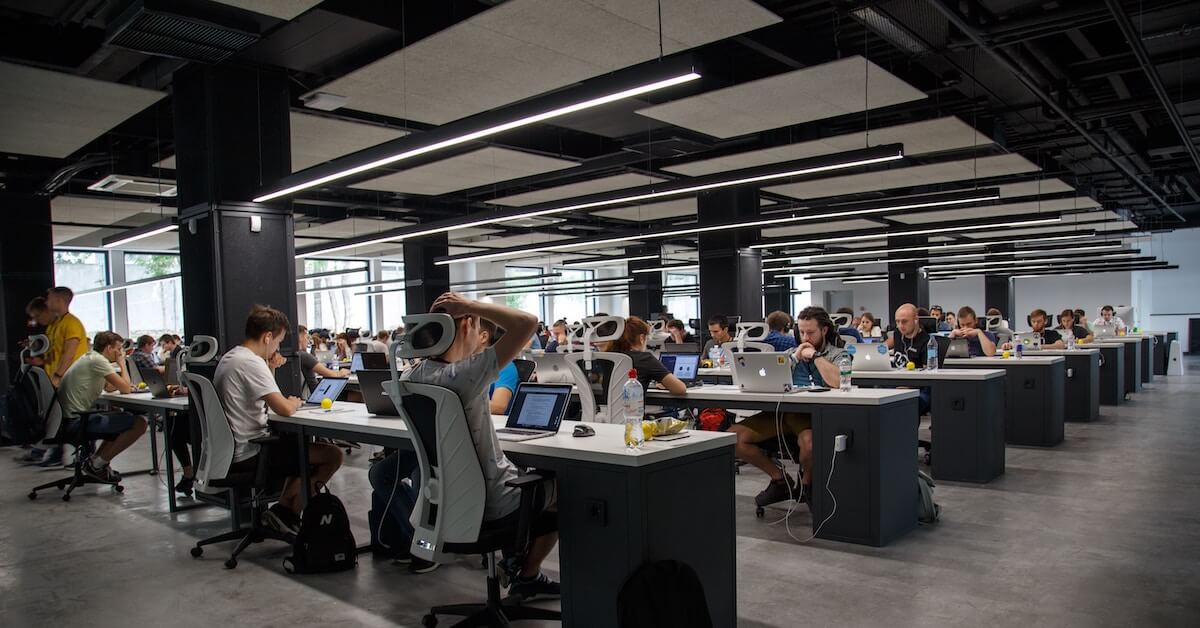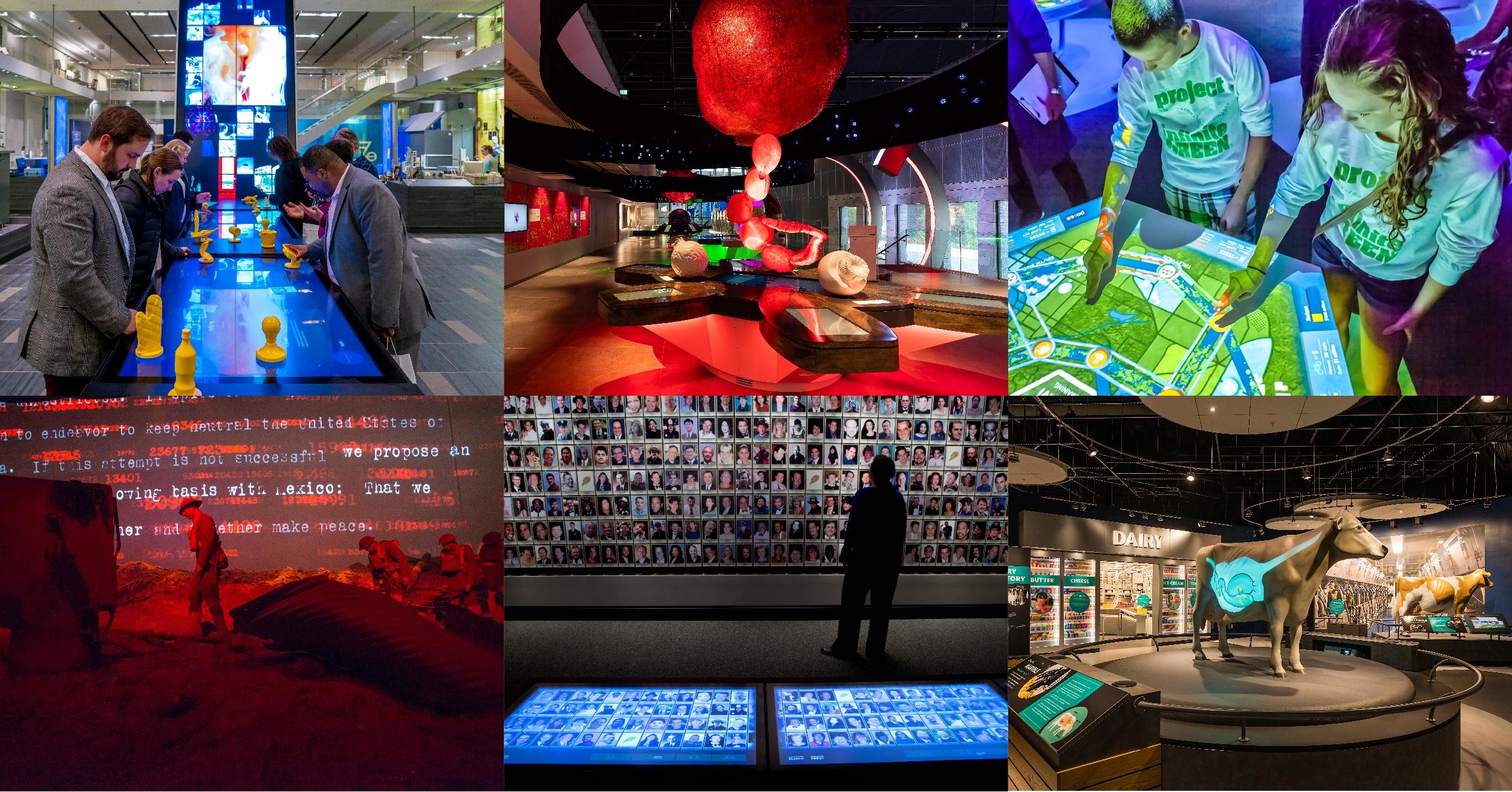
Is Your Home Smarter Than Your Office?
A smart workplace can boost productivity and delight employees and customers.
We’re getting more and more accustomed to smart living. Whether ordering groceries from voice-activated devices, adjusting the heating for different rooms or checking the house is safe when on holiday, smart technology is becoming commonplace in the home. The widespread adoption of voice control either directly to devices (i.e. Siri, or in the car for example) or digital assistants like Alexa and Google Home are already surfacing within corporate and education environments.
Is your office keeping pace with your personal life? In many cases the answer is a resounding “no.” Let’s have a look at some of the latest developments in smart home technology and consider how they can be used to enhance the workspace to make it more efficient and people-friendly.
Managing the internal environment
Many of us now control our home’s heating, lighting and other appliances via smart apps. If we’re returning from a long day in the office, we may want to raise the temperature in a couple of rooms, switch on the oven in preparation for dinner or even run a hot bath. Such remote control is not just convenient; it can also cut energy bills significantly.
One common complaint at work is that it’s either too hot or too cold, or that the lights are too bright or too dim. Imagine how pleasant it would be to adjust your immediate environment to suit your personal preferences – especially in these days of hot desking. A smart office enables us to do just that, via our smartphone, tablet or laptop. We could even operate electric blinds to stop the sun shining in our faces.
It’s also possible to link lighting, blinds, heating and air conditioning to an intelligent online source able to precisely track the position of the sun, local ambient temperature and light levels across the entire building. By responding automatically to such stimuli, each part of the office would be set at the optimum levels, reducing both costs and carbon footprint into the bargain.
Voice-activation
In just a few years this technology has progressed from answering basic search questions to handling an increasingly sophisticated range of tasks. Thanks to the power and expanding range of IoT, you can ask a device to play music, do the shopping, dim the lights, put an entry in your diary, switch on the washing machine and much, much more.
There are numerous opportunities to integrate voice activation into the office. At a stroke, tasks already enhanced through sensors become even easier. Employees might want to adjust the air conditioning or lighting, operate audiovisual (AV) equipment in meeting rooms, call up content or notify others that a conference is starting. In fact, just about any of the technologies mentioned below could be linked to voice recognition to speed up their utility.
Facial recognition
Some of the newer smartphones have facial recognition as standard, and a number of home security cameras also use this technology to recognize friends, family and other regular visitors.
Implementing facial recognition in the office means that employees – and potentially visitors – will never have to worry about passes or other entry methods. A simple scan lets authorized individuals in and out, which is not just convenient, but also adds a layer of security. A truly smart system will recognize individuals and personalize their experience, possibly even speaking their name and, if it’s a client, welcoming them with brief instructions. In a fully-automated system, it should be possible to track who’s in the building at any point.
The technology could also be used for special access areas, elevators and sensitive equipment.
Security and surveillance
Cameras provide considerable reassurance for anyone concerned about home security, either within the dwelling or around the grounds. People typically use them to check for intruders when away – or to monitor elderly or younger family members or pets – typically via a smartphone app. The video doorbell is another recent innovation, enabling residents to see who is at the door. Passive infrared sensors (PIR) add a further layer of confidence, detecting motion in their vicinity, to either switch on lights or set off alarms.
Cameras and sensors may already be in use in commercial or public sector property, but the latest remote technology means that those responsible for office security can now easily view multiple parts of the building with ease from a hand-held device, at relatively low cost, while receiving alerts. For more on this topic, see our blog AV Trends 2019: Two Ways Security and AV go Hand-in-Hand.
Navigation, tracking and space optimization
Satellite and other forms of tracking are pretty much ubiquitous in our daily domestic lives. When at home we may check our phone to find out where our children are, or discover how long we have to wait for our taxi, food or parcel delivery.
But in an office – particularly for larger organizations – tracking could make a big difference to the working day. Gathering participants for a meeting should be quicker and simpler, as the organizer can see everyone’s location, while the participants receive ‘wayfinding’ advice on how to reach their destination and navigate what may be a maze of rooms and corridors – especially in larger, ‘campus’-type settings.
It should also be easier to locate people for impromptu invitations at short notice. Imagine you’re hosting an important client and want to introduce them to a colleague. A quick scan of the app should let you know instantly whether that person is available and how far away they are.
Tracking/surveillance systems are not just about keeping a tab on individuals. Using a combination of GPS and sensors (including furniture sensors), those responsible for servicing the office can monitor how many people are in certain areas at any one time. And by analyzing this data, it’s possible to highlight where there are free desks and huddle areas – as well as indicate whether it’s time to send in the cleaners. Over the longer term, the data gathered can be used to identify spaces that are over- or under-utilized, to help organizations make more efficient use of their real estate budgets.
Inventory management
The new generation of smart fridges either have cameras inside or can track stock levels of food and either automatically re-order or alert the owner. These appliances have a host of other capabilities including tracking food expiration dates, customizing temperature by drawer or compartment, and looking up and reading recipes aloud while you cook.
Within the office, facilities or restaurant managers could ensure that they always have the right supplies of essential food and drink. Similar remote monitoring technology could extend beyond fridges to storerooms, to avoid running out of essential supplies like stationery, spare parts for equipment, or other quickly deplenished resources.
(Ro)bots
Physical robots are rising in popularity, and not just as toys. Robotic devices like vacuum cleaners, lawn mowers and window cleaners are already commercially available for consumers and are finding their way into many homes.
All of the above smart equipment could have a role to play in in keeping offices in good shape. A further, interesting development is the use of robots for hospitality and greeting, to help to register guests, answer queries, guide them to the right location – and even serve food and drinks. AI-powered bots are already prevalent in many types of commercial scenarios, and could offer a useful service, especially for visitors, with the added benefit of machine learning to recognize returning clients and personalize the communications.
Bringing it all together
A smart, connected office has the potential to bring enormous benefits. Employees should be able to work faster, with fewer technical hitches and less need for assistance. And they’ll be more appreciative of an environment where everything works smoothly, with comfortable working conditions. And unlike in the home, smart systems are repeatable and scalable across the entire organization, which should help to achieve a common experience for all, while lowering roll-out costs and speeding up adoption.
These exciting technologies can revolutionize the workplace and take you into a truly smart era. You may need help in pulling together cloud technology, IoT devices and data storage and processing – and in managing the subsequent IT infrastructure. But once you’ve got it up and running, you, your people and your clients will get a true taste of the future.
About Electrosonic
Electrosonic is one of the world’s leading providers of innovative technology solutions encompassing audio, video, communications, network infrastructure, security, surveillance, acoustics and access control. We can be a single point of coordination and accountability through our professional technical services, bringing together innovative design, precision engineering and exceptional after installation services to create a superior work environment.. Learn about these offerings and more.
Victoria Cosgrave
Victoria Cosgrave, Field Marketing Manager, Enterprise at Electrosonic, has wide-ranging experience of technology within professional services, financial services, infrastructure, transport, pharmaceuticals and government. Her knowledge and experience enables her to write about the technological landscape and the issues facing clients with great insight.










.jpg?width=1500&height=995&name=ELC501_N17_medium%20(1).jpg)





